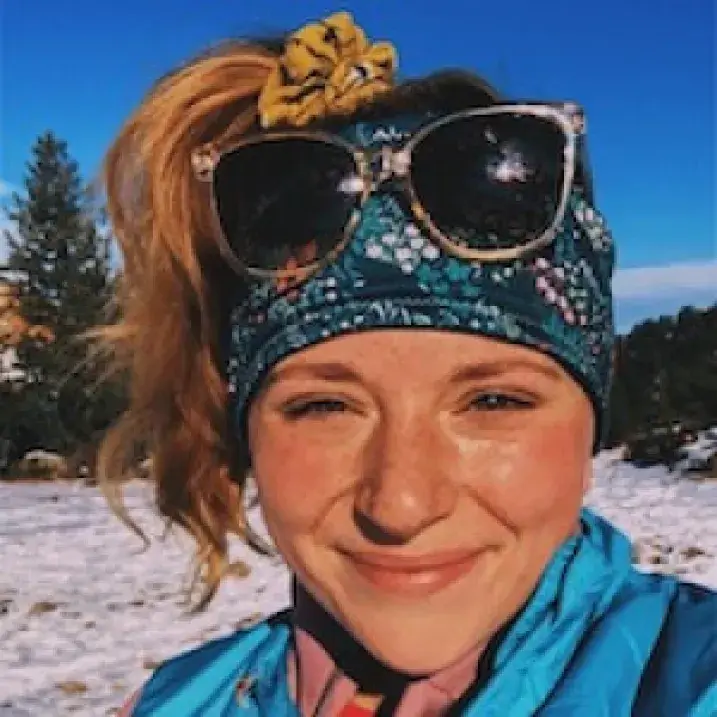BIO
Greta Savitsky grew up in Williamstown, Massachusetts where she enjoyed hiking, running, and nordic skiing in local forests. After two summers working at a small organic farm in high school, she fell in love with plants and conservation. Greta studied conservation biology at Middlebury College, and developed a love of forest ecology, human-nature interactions, and systems thinking, as well as becoming familiar with Vermont forests. After a year living in Colorado, she returned to Vermont to pursue a PhD in Plant Biology at UVM. Here in Burlington, Greta still enjoys hiking and skiing, as well as spending time with friends and cats, playing music, and growing her houseplant collection.
Savitsky's research is centered around the interactions between forest composition, human impact, global climate change, and fire ecology. With the use of computational tools like Bayesian statistical models and cellular automata, she compares simulated forest compositional data with actual data to ask and answer ecological questions about past and current fire regimes. She works with a variety of forest systems, including the rock pinelands of Florida and the northern hardwood forests of Vermont.
Bio
Greta Savitsky grew up in Williamstown, Massachusetts where she enjoyed hiking, running, and nordic skiing in local forests. After two summers working at a small organic farm in high school, she fell in love with plants and conservation. Greta studied conservation biology at Middlebury College, and developed a love of forest ecology, human-nature interactions, and systems thinking, as well as becoming familiar with Vermont forests. After a year living in Colorado, she returned to Vermont to pursue a PhD in Plant Biology at UVM. Here in Burlington, Greta still enjoys hiking and skiing, as well as spending time with friends and cats, playing music, and growing her houseplant collection.
Savitsky's research is centered around the interactions between forest composition, human impact, global climate change, and fire ecology. With the use of computational tools like Bayesian statistical models and cellular automata, she compares simulated forest compositional data with actual data to ask and answer ecological questions about past and current fire regimes. She works with a variety of forest systems, including the rock pinelands of Florida and the northern hardwood forests of Vermont.
